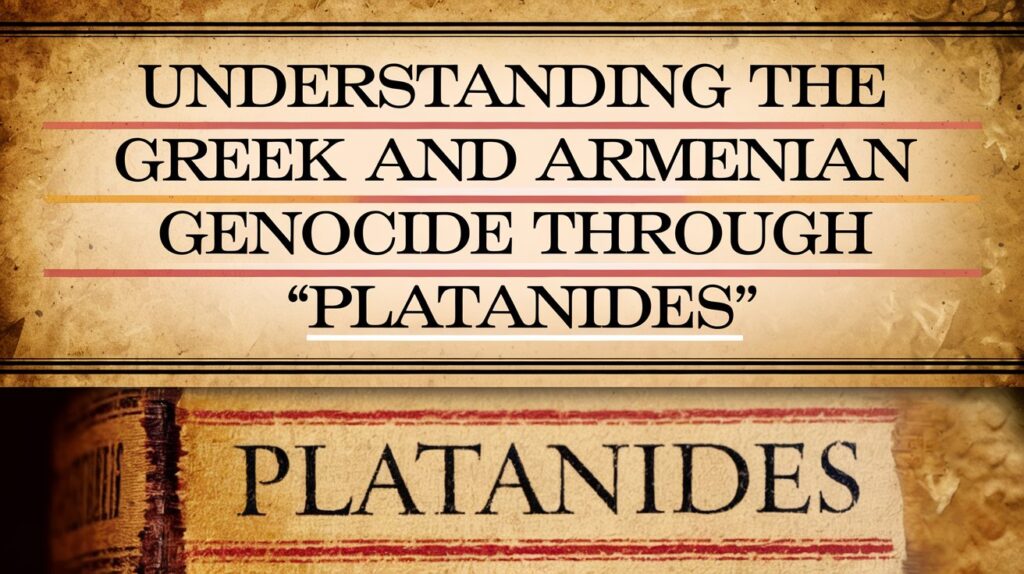A Historical Overview of the Greek and Armenian Genocide
William Planes’ book, “Platanides: Through The Eye of The Storm,” provides a personal perspective on the Greek and Armenian genocide, a tragic event that claimed countless lives. This article delves into the historical context of the genocide as depicted in the book.
The Genocide of September 1922
The Role of Kamel Ataturk
The genocide of September 1922, led by Kamel Ataturk, marked a dark chapter in the history of Asia Minor. The Platanides family, like many others, was caught in the crossfire of this brutal campaign. The book offers a detailed account of these events from a personal perspective.
The Aftermath of the Genocide
Life as Refugees
The survivors of the genocide, including the Platanides family, were forced to flee their homeland and seek refuge in Greece. This period of displacement is vividly described in the book, highlighting the struggles and challenges faced by those who escaped the atrocities.
The Long-Term Impact on Descendants
The effects of the genocide were felt for generations. The book explores how these events shaped the lives of the Platanides family and their descendants, leaving a lasting impact on their identity and sense of belonging.
The Importance of Remembering History
Lessons for Future Generations
“Platanides: Through The Eye of The Storm” serves as a powerful reminder of the importance of remembering history. The book encourages readers to learn from the past to prevent similar atrocities in the future.
Honoring the Victims
By sharing the story of his family, William Planes honors the memory of those who suffered during the genocide. This book is a tribute to their resilience and a call to never forget the lessons of history.

